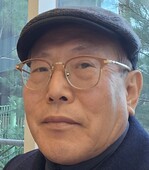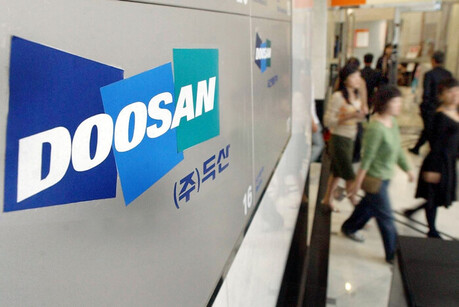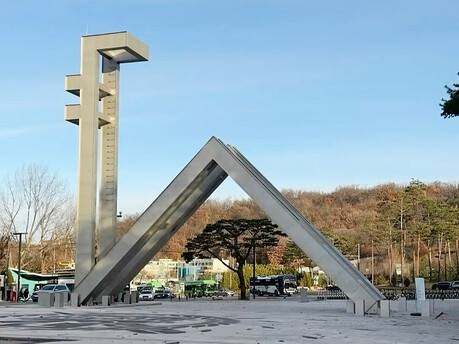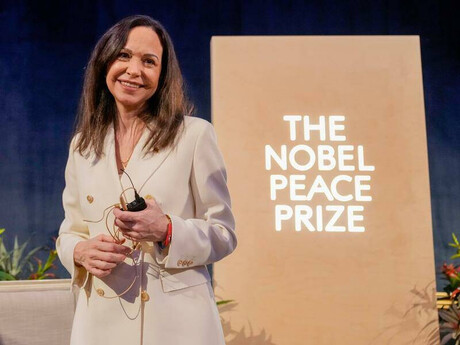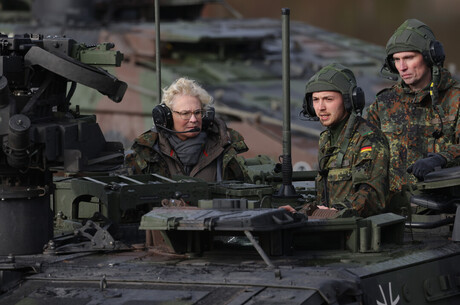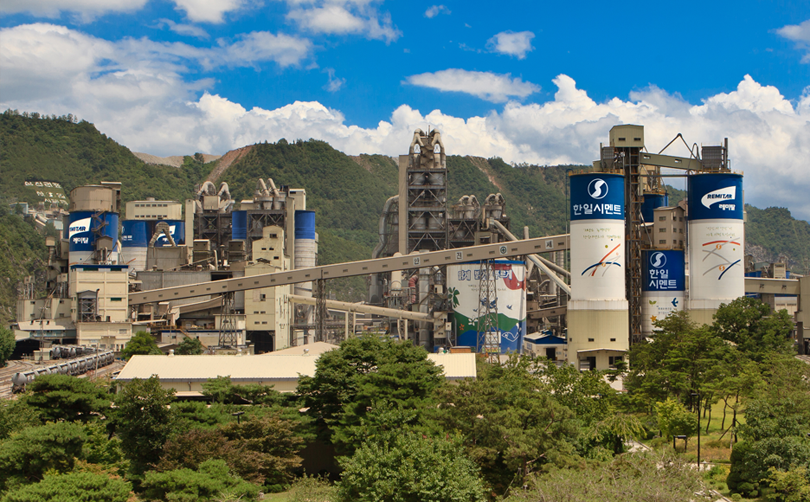
Seoul, South Korea – The Korea Cement Association announced today that its two-year research and development project aimed at achieving carbon neutrality in the cement industry has been successfully completed. The project focused on two key areas: increasing the proportion of blended cement and replacing fossil fuels with recyclable materials.
Blended cement, which constitutes about 80% of ordinary cement, is a key focus of the industry's carbon reduction efforts. By replacing a portion of the clinker, a major component in cement production, with alternative materials, the industry can significantly reduce its carbon footprint.
"Next year, we plan to build on this year's achievements by producing prototypes and conducting quality assessments from a user perspective," said an official from Ssangyong C&E, which is leading the raw material substitution project. "Our goal is to establish a foundation for KS standardization and commercialization."
Meanwhile, Asia Cement, which is spearheading the fuel conversion project, expressed optimism about reaching European Union standards for fuel replacement rates. "Once our research and development is complete, we expect to achieve fuel replacement rates similar to those in the EU," said an official from the company.
Kim Eui-cheol, director of the Carbon Neutrality Cooperation Unit, emphasized the importance of a supportive policy environment. "To expand the use of blended cement as in the EU, a robust legal and institutional framework is necessary," Kim said. "Our unit will work with the government, academia, and other organizations to revise and develop KS standards."
The association also plans to strengthen international cooperation by holding regular symposiums and seminars with industry, academia, and industry associations in the United States, the European Union, and Japan.
[Copyright (c) Global Economic Times. All Rights Reserved.]















